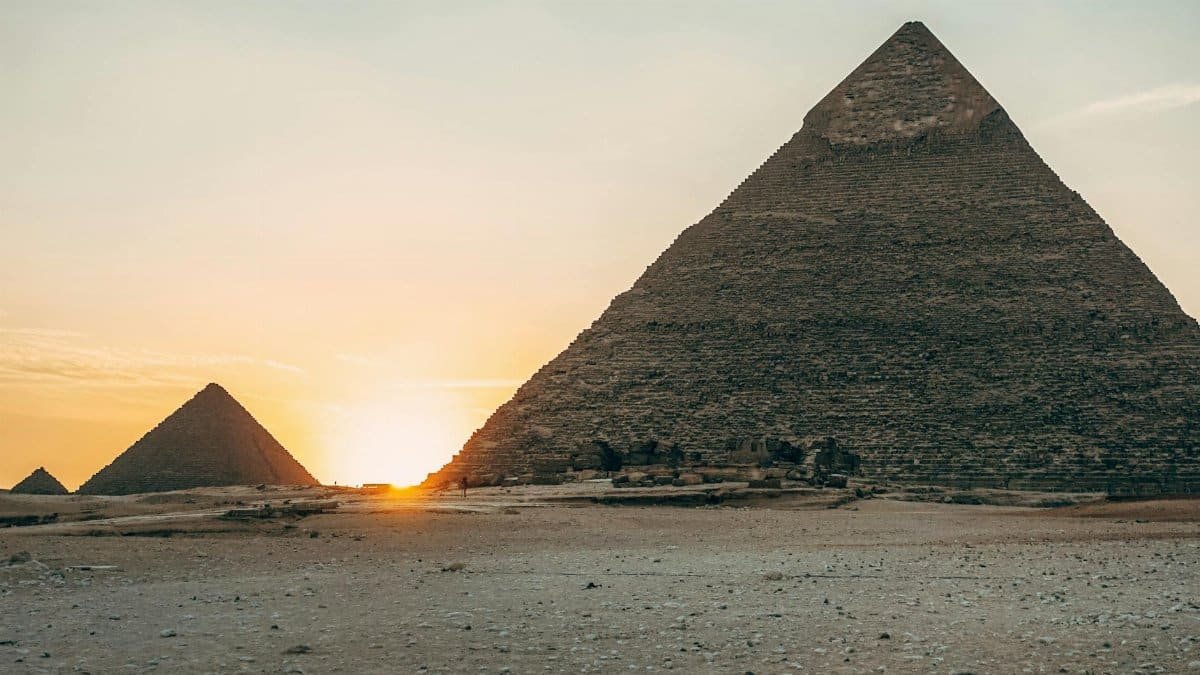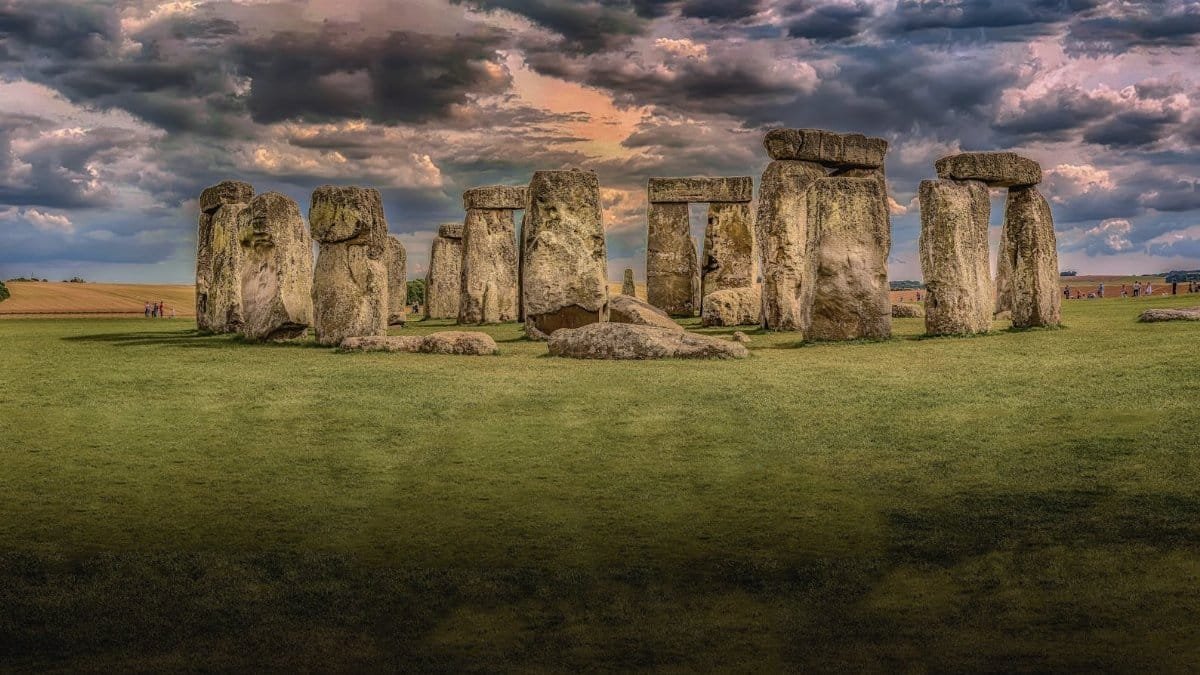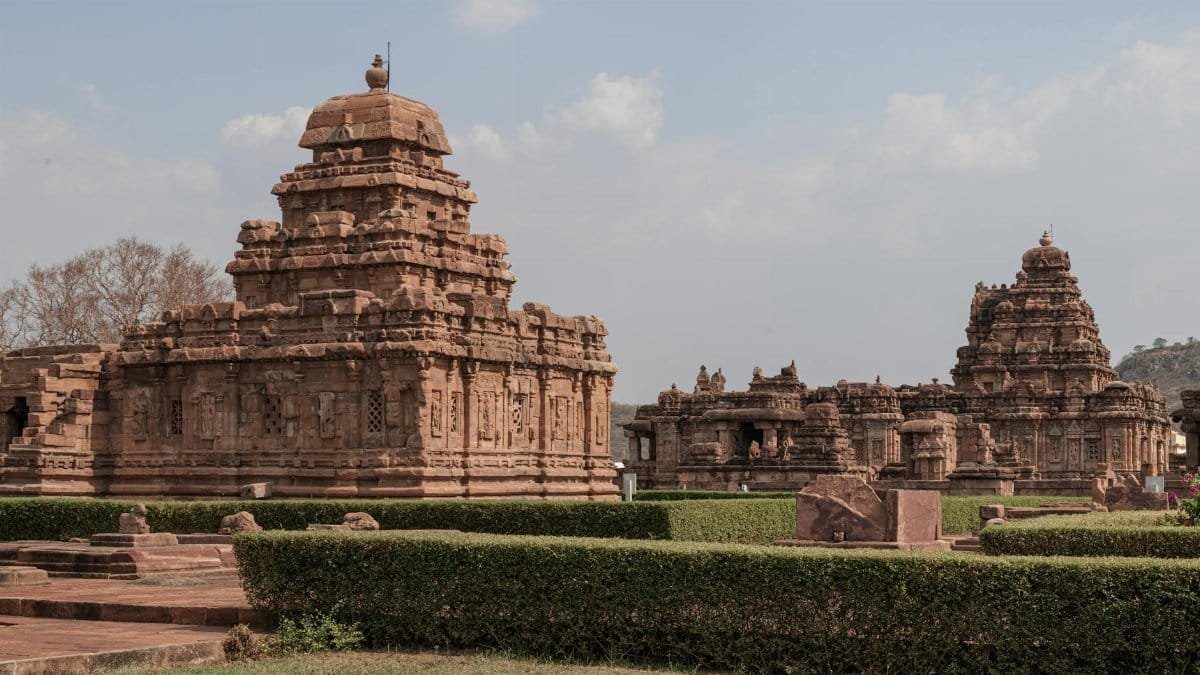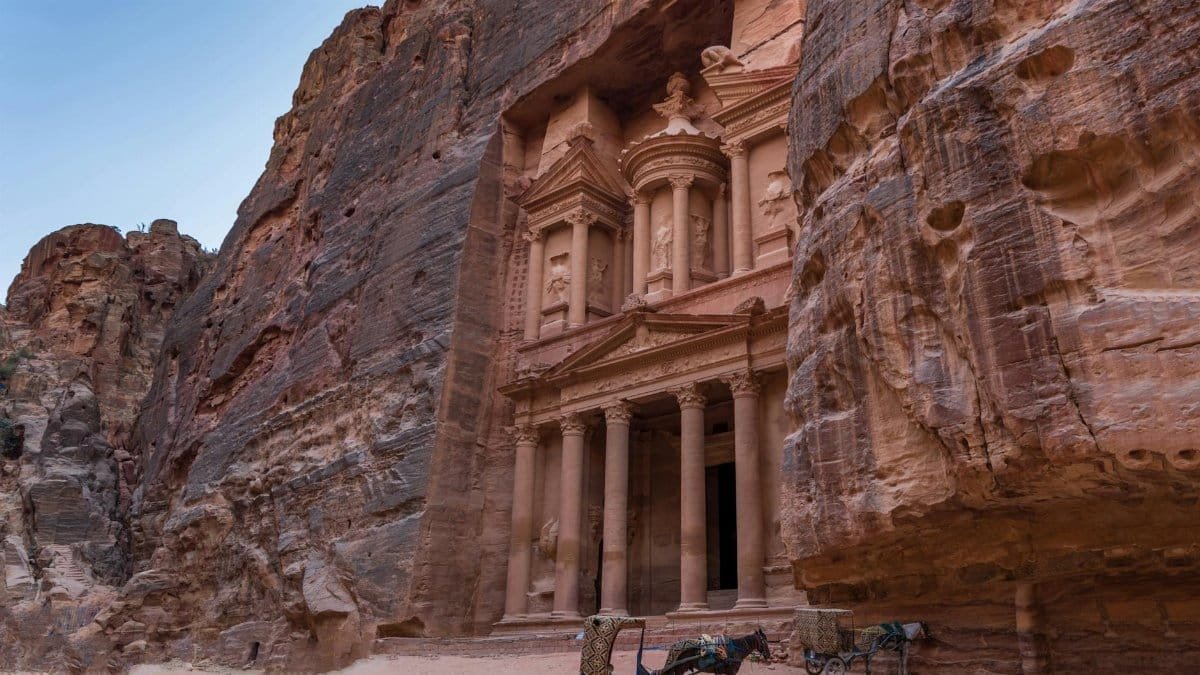Is astrology architecture in ancient temples the ultimate proof of humanity’s obsession with the cosmos? Long before modern horoscopes, ancient civilizations wove celestial patterns into their most sacred spaces, aligning massive structures with the stars. From Egypt to Mesoamerica, builders didn’t just erect temples—they crafted cosmic maps in stone. This fusion of astrology and architecture reveals how deeply the heavens influenced faith, power, and design thousands of years ago. Here’s how these awe-inspiring creations still captivate us in 2025.
The Cosmic Blueprint of Ancient Design

Ancient temples weren’t random piles of rock. Builders meticulously planned them to mirror celestial events. The alignment of structures with solstices, equinoxes, and star patterns was no accident—it was a deliberate act of reverence. In many cultures, temples doubled as observatories, ensuring priests could track heavenly cycles for rituals or harvests. This blend of astrology architecture in ancient temples shows a sophisticated grasp of both science and spirituality, far beyond what many assume of “primitive” societies.
Egypt’s Star-Aligned Pyramids

In ancient Egypt, the pyramids of Giza stand as a jaw-dropping example of celestial design. Scholars argue the three pyramids align with Orion’s Belt, a constellation tied to the god Osiris. Shafts within the Great Pyramid also point to specific stars, likely guiding pharaohs’ souls to the afterlife. This isn’t guesswork—research from institutions like the University of Chicago supports these alignments. Learn more at University of Chicago Oriental Institute.
Stonehenge: A Prehistoric Star Map

Across the Atlantic, Stonehenge in England screams cosmic intent. Built over 4,000 years ago, its massive stones align with the summer and winter solstices. Archaeologists believe it functioned as a calendar, tracking solar and lunar cycles for rituals. The precision is staggering, considering the tools of the time. Stonehenge remains a testament to how astrology architecture in ancient temples wasn’t just art—it was survival, tying communities to the rhythms of the sky.
Mesoamerica’s Heavenly Pyramids

In Central America, the Maya and Aztecs took celestial design to another level. The Pyramid of Kukulcán at Chichén Itzá, Mexico, is engineered so that during equinoxes, a serpent-shaped shadow slithers down its steps—a nod to their feathered serpent god. This isn’t mere decoration; it’s a public display of cosmic harmony. Research from institutions like Harvard backs these findings. Check out Harvard Peabody Museum for deeper insights into Maya astronomy.
India’s Temples of the Zodiac

Ancient Indian architecture also bowed to the stars. Temples like the Sun Temple at Konark are oriented to catch the sun’s rays at specific times, symbolizing divine cycles. Many structures incorporate zodiac motifs, reflecting a belief that earthly and heavenly realms are linked. These designs weren’t just aesthetic—they guided festivals and prayers, embedding astrology into daily life through stone and space.
Why It Still Matters in 2025

Why obsess over ancient buildings today? These temples remind us that humans have always sought meaning in the cosmos. In 2025, as interest in astrology surges, architects and spiritual seekers are revisiting these designs for inspiration. Modern projects sometimes echo ancient alignments, blending old wisdom with new tech. Plus, these sites draw millions of tourists yearly, proving our fascination with astrology architecture in ancient temples hasn’t dimmed—it’s only evolved.
The Science Behind the Spirituality

Don’t dismiss this as mere mysticism. Ancient builders were often master astronomers. They calculated celestial events with uncanny accuracy, using temples as both spiritual hubs and scientific tools. Their work challenges the idea that science and faith can’t coexist. Today, researchers continue to study these structures, uncovering math and engineering feats that rival modern achievements. It’s a humbling reminder of what humanity can do when it looks up.
